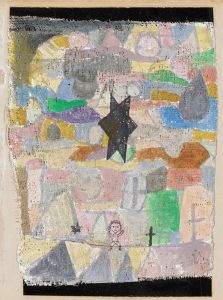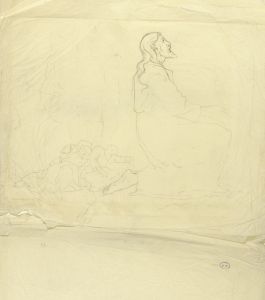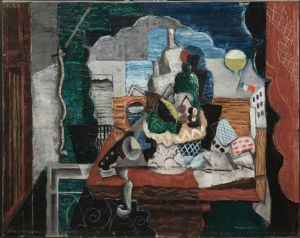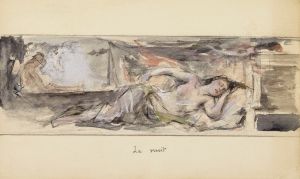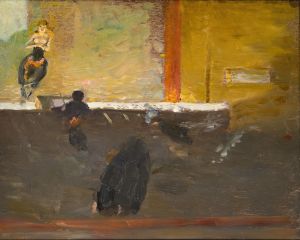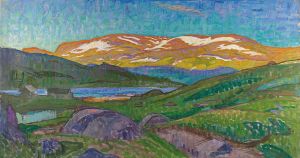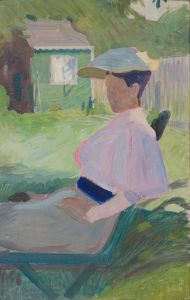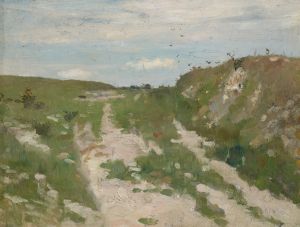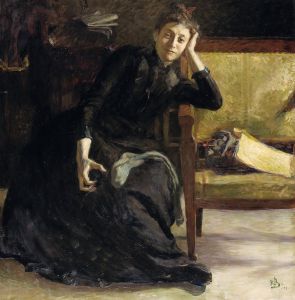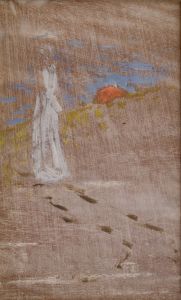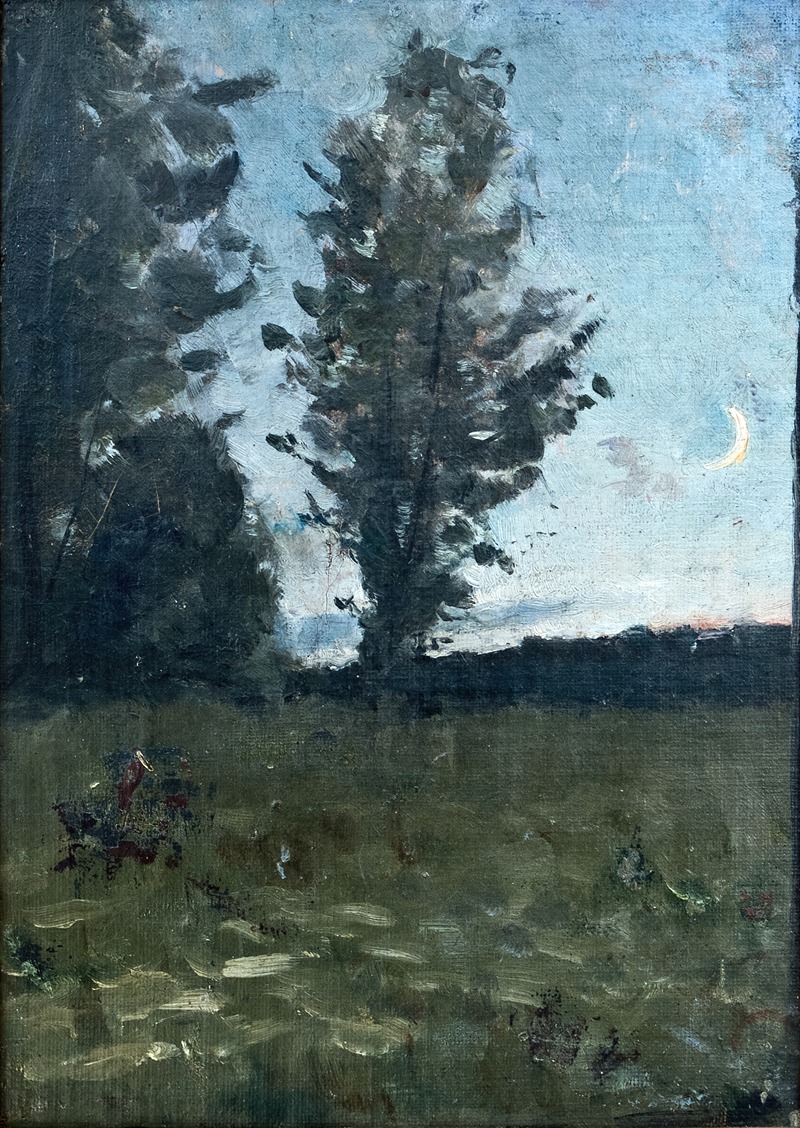
Moonlit Landscape
A hand-painted replica of Richard Bergh’s masterpiece Moonlit Landscape, meticulously crafted by professional artists to capture the true essence of the original. Each piece is created with museum-quality canvas and rare mineral pigments, carefully painted by experienced artists with delicate brushstrokes and rich, layered colors to perfectly recreate the texture of the original artwork. Unlike machine-printed reproductions, this hand-painted version brings the painting to life, infused with the artist’s emotions and skill in every stroke. Whether for personal collection or home decoration, it instantly elevates the artistic atmosphere of any space.
"Moonlit Landscape" is a painting by the Swedish artist Richard Bergh, created in 1895. Richard Bergh (1858-1919) was a prominent figure in Swedish art, known for his contributions to the national romantic movement and his role in the development of Swedish painting during the late 19th and early 20th centuries.
The painting "Moonlit Landscape" exemplifies Bergh's skill in capturing the serene and mystical qualities of the Scandinavian landscape. The artwork depicts a tranquil night scene illuminated by the soft, ethereal light of the moon. The composition is characterized by its meticulous attention to detail and the atmospheric rendering of light and shadow, which creates a sense of depth and tranquility.
In "Moonlit Landscape," Bergh employs a subdued color palette dominated by shades of blue and gray, which enhances the nocturnal ambiance of the scene. The moonlight casts a gentle glow over the landscape, highlighting the contours of the trees and the surface of the water. The reflection of the moon on the water adds a sense of harmony and balance to the composition.
Bergh's approach to landscape painting was influenced by his studies in France, where he was exposed to the works of the Barbizon School and the emerging Impressionist movement. However, he adapted these influences to suit his own vision, focusing on the unique qualities of the Swedish landscape and its natural beauty. "Moonlit Landscape" reflects this synthesis of international influences and local inspiration, resulting in a work that is both universal and distinctly Swedish.
The painting is also notable for its emotional resonance. Bergh's depiction of the moonlit scene evokes a sense of calm and introspection, inviting viewers to contemplate the quiet beauty of the natural world. This emotional depth is a hallmark of Bergh's work, which often explores themes of nature, solitude, and the passage of time.
"Moonlit Landscape" is housed in the Nationalmuseum in Stockholm, Sweden, where it is part of the museum's extensive collection of Swedish art. The painting is considered one of Bergh's masterpieces and is celebrated for its technical excellence and evocative power.
Richard Bergh's contributions to Swedish art extend beyond his own paintings. He was also an influential teacher and art critic, playing a key role in the establishment of the Artists' Association (Konstnärsförbundet) in 1886. This organization aimed to promote modern art in Sweden and provided a platform for young artists to exhibit their work. Bergh's efforts helped to shape the direction of Swedish art during a period of significant cultural change.
In summary, "Moonlit Landscape" by Richard Bergh is a significant work in the canon of Swedish art, exemplifying the artist's mastery of landscape painting and his ability to convey the serene beauty of the natural world. The painting remains an important part of Sweden's artistic heritage and continues to be admired for its technical skill and emotional depth.





